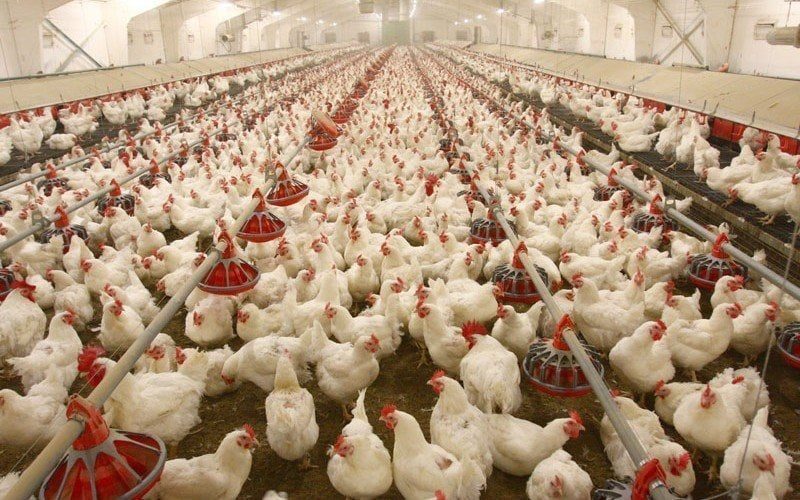Chicken farming still faces a recurring problem: bird flu. The disease has been decimating bird stocks around the world. As it is known, the problem is much more serious in the northern hemisphere, with millions of birds sacrificed in Europe and the United States.
The novelty in 2023 is the occurrence of the disease in the southern hemisphere, including cases in Brazil, which currently accounts for 1/3 of global trade. Fortunately, Brazilian cases are restricted to wild animals and subsistence birds. In other words, the Brazilian commercial herd remains unscathed. South Africa also has foci of the disease, but the outbreak that has hit the country is much more serious.
The fact is that bird flu does not prevent locations with relevant production from maintaining a supply level that meets their demand. It simply makes more aggressive growth impossible and temporarily impedes exports. Most of the health protocols signed with the World Organization for Animal Health (WOAH) determine the suspension of shipments per nucleus, with the impossibility of sales within a certain perimeter where the disease occurs. The United States and the European Union have been losing space in the international market precisely for this reason.
In terms of production, the United States continues to be a major producer of chicken meat on a global scale. In the current year, around 21.12 mln tons must be produced. Next year, nearly 23.39 mln tons will be produced. In other words, even in the face of the advancement of bird flu, production will grow. In the European Union there will also be growth from one year to the next. In the current year, roughly 11.03 mln tons should be produced. Next year, there will be minimal growth, with an estimated production of 11.1 mln tons.
The scenario involving US beef cattle farming will require more substitute proteins, therefore the most significant portion of US production will be destined for immense domestic consumption, which lacks beef supply, requiring diversification. This premise is especially relevant to the lower-income portion of the population. The only market that will continue to actively buy US chicken is Mexico, since easier logistics and NAFTA agreements allow this kind of operation. However, even in the Mexican market, the United States faces the shadow of Brazilian chicken meat, which is very competitive at the moment.
This global framework still points to Brazilian chicken as the best global supply alternative. It is important to highlight that animal health problems are the drivers of global exports of animal protein, be it in the case of ASF, which has severely affected Asia and Eastern Europe, or bird flu, which is weakening the productive potential of chicken farming and the stance of the northern hemisphere.
In this environment, which SAFRAS & Mercado agrees with, the expectation is that Brazil will remain the best global alternative for chicken supply. In this context, keeping bird flu away from commercial farms is essential. Decisions to date have been assertive, with the maintenance of surveillance and a large number of animals tested. This way it is possible to identify the areas at greatest risk and understand the most sensitive points. It is worth mentioning that surveillance needs to be maintained between November and March, a period in which birds migrate from the northern to the southern hemisphere.
Follow the Safras Agency on our website. Also follow us on our Instagram and Twitter and stay on top of the main agribusiness news!
Copyright 2023 – Grupo CMA

